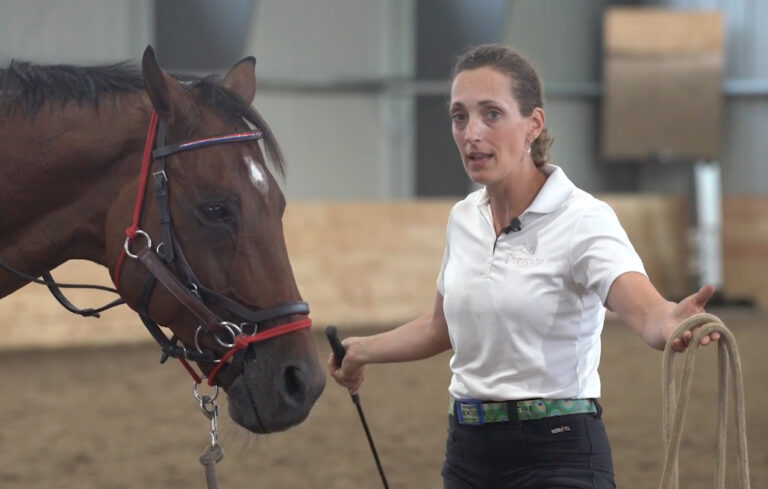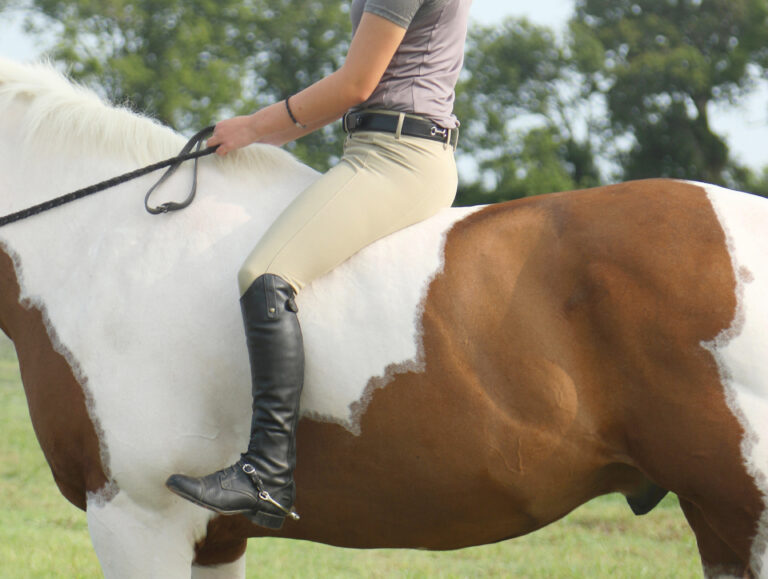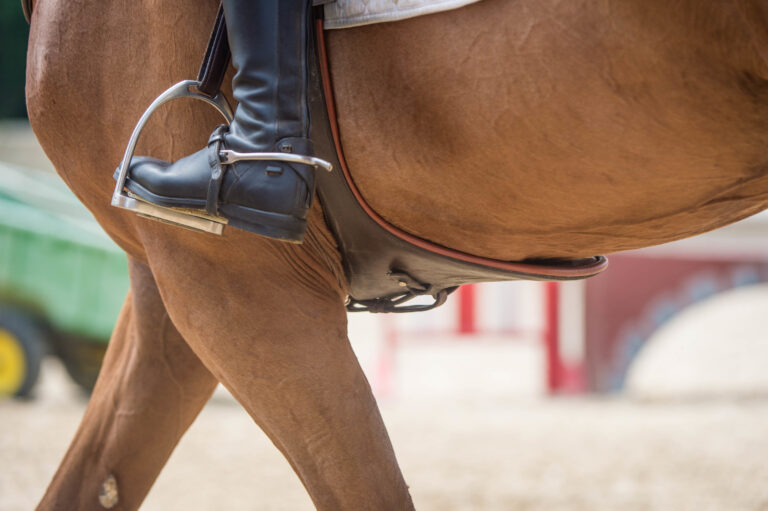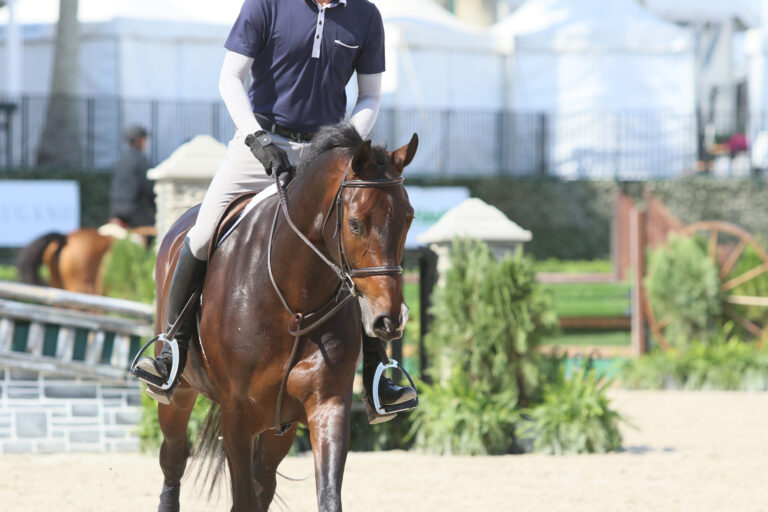Q: My 17-year-old, off-the-track Thoroughbred is spookier tracking to the right. Is it due to his racing career? He’s also always been stiffer to the right, which I work on. But could being stiffer on the right have anything to do with increased spookiness in that direction?
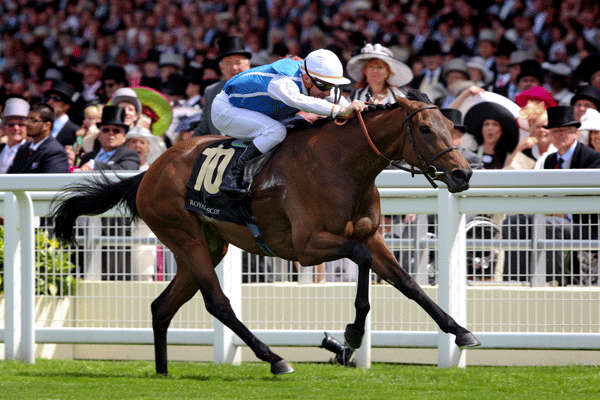
STEUART PITTMAN JR.
A: It’s commonly assumed that Thoroughbred ex-racehorses are spooky. My experience is that horses bred and trained to run have a well-developed flight instinct. I find an ex-racehorse more likely to spook and run than to plant his feet in the face of danger. I also have found, however, that ex-racehorses are brave. They were bred to lead in a race and have experienced the traffic and chaos of a racetrack.
Overall, I believe that the busy atmosphere of track life makes horses less spooky, but there are exceptions. Bad exercise riders, bad grooms, ulcers, soreness and overexposure to traffic on the track can create lasting fear. Bad training in any discipline creates fear, but don’t let yourself off the hook too easily. Trust can be regained—and that is your job. Trust may also be the indirect link between your horse’s spookiness and his stiffness.
In my experience, about 80 percent of all horses would rather bend through their bodies to the left than to the right, regardless of whether they raced. We don’t know exactly why. It may have to do with their position in the womb. Or perhaps it’s genetic, like human right- versus left-handed tendencies.
Racehorses don’t bend laterally when they run. The faster they go, the straighter they are. They are taught to run on their right lead on the straightaway and their left on the turns (in the U.S.). On most tracks, they jog the “wrong way” before galloping the “right way.” The stress of the turns at speed on smaller tracks may have a one-sided effect on them, but I have never heard that leg injuries are more common on one side than the other. So my conclusion is that racing is not a major cause of stiffness to one side.
Overall body stiffness, however, can definitely be traced to life on the track. Galloping and speed work create muscling over the topline that looks and feels tighter than on a typical riding horse. Those muscles need to be stretched without tension for the range and swing that other sports require. Leaning into the bit is another racehorse tendency that can result in a feeling that the horse is stiff throughout his body—even if he is not. Being led from the left by grooms and track ponies may also be a factor in one-sidedness.
Your horse may be spookier while tracking to the right because he is more resistant to your efforts to create a correct bend through his body in his stiffer direction. He either doesn’t understand what you want or doesn’t like how it feels to do what you are asking. When a horse of any breed is comfortably working in harmony with his rider’s aids, the result is usually a sense of confidence and well-being. A horse who is either confused by or unable to respond correctly to a rider’s aids will seem to have no focus, no rhythm and no confidence.
All too often I have found myself pressing a horse to perform to my expectations and felt his anxiety grow to the point that an approaching dog or a moving jump rail is enough to create that frustrating sideways spook that drowns out any communication going on between us. Your horse’s anxiety about being asked to bend more than is physically comfortable for him may be manifesting itself in the same way.
My advice for helping him overcome this problem is the same that I give myself every day as a trainer. Ride every moment like it is the first in your relationship. Offer a harmonious path forward. Set some boundaries but make sure they are reasonable. It doesn’t matter how your horse developed his habits. What matters is that you show him a better way forward. Let yourself feel the pleasure that comes from an animal whose generosity and enthusiasm for life are examples to us all.
U.S. Eventing Association certified instructor Steuart Pittman Jr. trains horses and riders for eventing, dressage and jumping on his family’s Dodon Farm, in Davidsonville, Maryland. He evented his Thoroughbred stallion, Salute the Truth, successfully through the Advanced level. Otherwise, he has focused primarily on giving young sales prospects a good foundation at the lower levels. In 2010, Steuart and his wife, Erin, launched the Retired Racehorse Project. This project’s goal is to create a network of resources to expand second-career opportunities for retired racehorses. To learn more, go to retiredracehorseproject.org.
This article originally appeared in the July 2014 issue of Practical Horseman.





